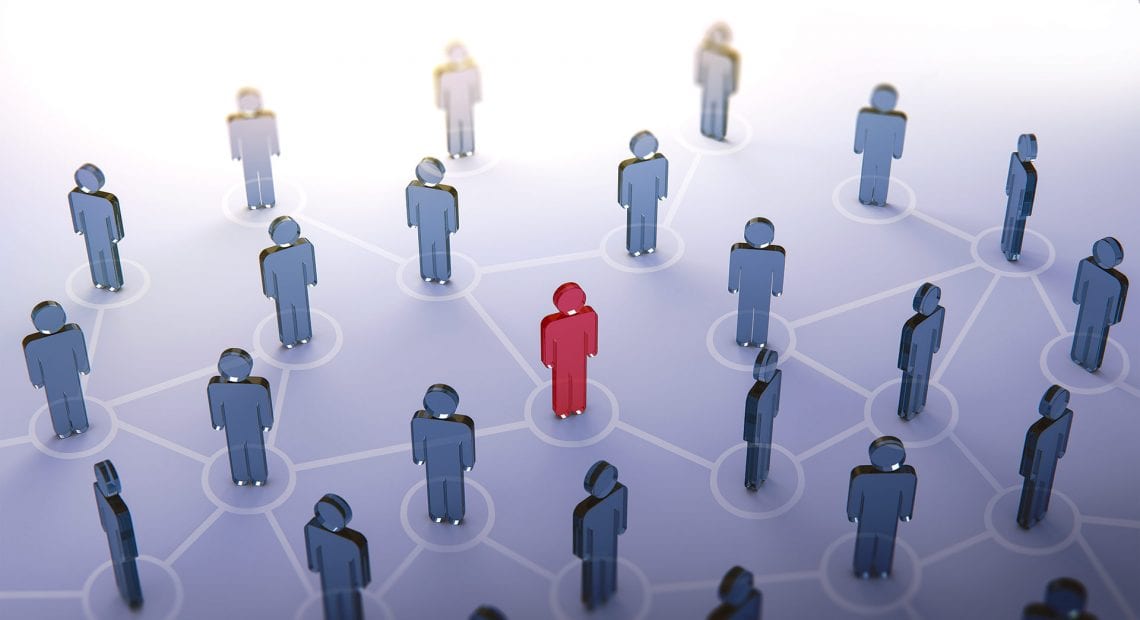Work After the Pandemic
By John Graham
It’s been a year now since we came under the relentless domination of the coronavirus. After all this time, the picture isn’t pleasant. The end is uncertain, and the implications for the future are far from clear.
McKinsey reports that “75% of employees in the United States and close to a third in the Asia-Pacific region report symptoms of burnout. European nations are reporting increasing levels of pandemic fatigue in their populations. The number of those who rate their mental health as ‘very poor’ is more than three times higher than before the crisis, and mental-health issues are still likely to rise.” In spite of their severity, such figures should get our attention, but do they?
Perhaps the most dangerous part of the coronavirus is its divisiveness. More often than not, outside attacks — wars, famines, and natural disasters — bring us together to slay the dragon. But the pandemic has driven us further apart. Who would have thought life could take such a painful turn?
Overnight, workers were told to leave their jobs and work from home. Not only did they do it, they liked it. Now, many are ready to refuse to go back to claustrophobic cubicles or vacuous open spaces where they lacked privacy. To express their pleasure at working from home, they remodeled their bedrooms, kitchens, and basements; upgraded their internet connection; purchased all sorts of digital devices and office equipment; and didn’t miss a beat.
They’re choosy, too. “You want me in the office? I don’t think so.” Some moved to Boise or some other place in the middle of nowhere that welcomed them with open arms and lower living costs. They donned their sweats, popped open a laptop, jumped on virtual meetings, adjusted the lighting, turned on a monitor or two, and went to work in their new, $999 office chair, or decided to stay in bed and make it their office that day. To the utter surprise to everyone, productivity went up.
That’s just the first chapter. The McKinsey report also notes that “there is a veritable flood of new small businesses. In the third quarter of 2020 alone, there were more than 1.5 million new-business applications in the United States — almost double the figure for the same period in 2019.” That’s not all. The fourth quarter found Apple ripe for success with the highest revenue in its history — and the company wasn’t alone.
Four Lessons
All this adds up to an amazing, but totally counter-intuitive, story. But what does it mean to all of us who must live it? Literally, what in the world is going on? Even more to the point, what’s the message about the future — our future? Here are four thoughts about that.
“Overnight, workers were told to leave their jobs and work from home. Not only did they do it, they liked it. Now, many are ready to refuse to go back to claustrophobic cubicles or vacuous open spaces where they lacked privacy.”
The genie is out of the bottle. It’s finally happened. To put it another way, like no other phenomenon in modern history (perhaps in all of history), the pandemic released a level of momentum sufficient to turn the world and everything in it upside down in an instant. It may also be the catalyst that changes everything, from politics, government, and public policy to health and medicine, education, work-life balance, business, entertainment, culture, industry, and science. When Jeff Bezos, the CEO of Amazon, steps back, we can be sure profound change is in the air.
Far more people have seats at the table. We talked for so long, but nothing changed. Then, suddenly, we became keenly aware of those who had long been invisible to us. We raised our hands and called them ‘heroes’ but never raised their wages. Now, all of a sudden, we’ve finally figured out that when everyone has a seat, we have better healthcare, better jobs, stronger families, and happier communities. Could it possibly be that it took a painful pandemic to make more room at the table?
Everything is under a microscope. Again, counter-intuitive but nevertheless true: the number of applications for fall 2021 at the University of California are breaking all records. It’s happening at the same moment when millions of young Americans are questioning the value of a college education, particularly if it will take decades to free themselves from the sobering shackles of student debt. Those who went before them, the Millennials, are dogged in determining their own way in the world. Don’t be surprised. The lens of the microscope may never rest.
Don’t drink the Kool-Aid. There are dangers in the tension-filled, stressful times in which we find ourselves. Someone has aptly described it as “hitting the pandemic wall,” and it’s felt at home and at work. It’s when we reach out for relief so we can get our lives on a better path. Simple, quick, and easy answers are what sell in turbulent times: “buy this or do that, and your problems vanish, and your dreams come true.” We’re too resilient to do that to ourselves.
Bottom Line
Now, go back to where we started, the original question: “Who will have the upper hand after the pandemic: employers or employees?
All this leads to the final question. Through the pandemic frenzy, who will come out ahead, the workers or employers? The way it looks at the moment, it just may be the workers. But, as we all know, things can change. u
John Graham of GrahamComm is a marketing and sales strategy consultant and business writer. He is the creator of Magnet Marketing and publishes a free monthly e-bulletin, “No Nonsense Marketing & Sales Ideas”; [email protected]





